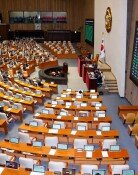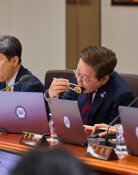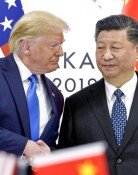[Opinion] Students: Hidden Gems
[Opinion] Students: Hidden Gems
Posted November. 30, 2006 06:49,
In high school, I walked a different path from my friends who spent all their time studying. I engrossed myself in programming to satisfy my creative desires. This is the self-introduction of Ji Seung-uk, who got mid-level grades in a technical high school, and applied for Korea Advanced Institute for Science and Technology (KAIST) in the college entrance selection. Yet he was bold, saying, The only place that can satisfy the creative desires inside me is KAIST. KAIST looked only at his potential abilities, and accepted him. KAIST president Seo Nam-pyos special command to find hidden gems has become a technical school phenomenon.
However, in America, where schools freely choose their students, this would not be a special phenomenon. In 2002, the New York Times published the process of three 12th grade students preparing for college as a front-page article in a one-year long in-depth interview.
Reuben, a black student from a low-income family, received only 61 percentile points out of 100 on the SAT, but was accepted at Bucknell University due to his leadership and experience participating in the Cisco Systems computer course. The former head of an administrative office at an Ivy League university in the east, Rachel Korn, recently wrote in her book, How to Survive Getting into College that, It is important to show ones qualities, passion, and characteristics.
The reason KAIST was able to find this hidden gem was because it is under the supervision of the Ministry of Science & Technology, not the Ministry of Education & Human Resources Development. It was free from the regulations of the Ministry of Education, which even interferes with the Korean SAT.
The secret to American universities being able to keep a step ahead in the world is also autonomy. Last month the English magazine The Economist reported a fall in the competitiveness of French universities, and said, The three powers in developing universities are autonomy, competitiveness, and selecting students.
How KAIST will polish and brighten the gem they have found is of further interest. The image of potential gems including technical high school students all over the country shine with hope can almost be seen. President of Korea University Euh Yoon-Dae said, Presidents of foreign universities wonder, why private universities in Korea receive restraints (of the Ministry of Education). Couldnt the universities revolt to save innocent students and the future of Korea?
Editorial Writer Kim Sun-deok, yuri@donga.com






